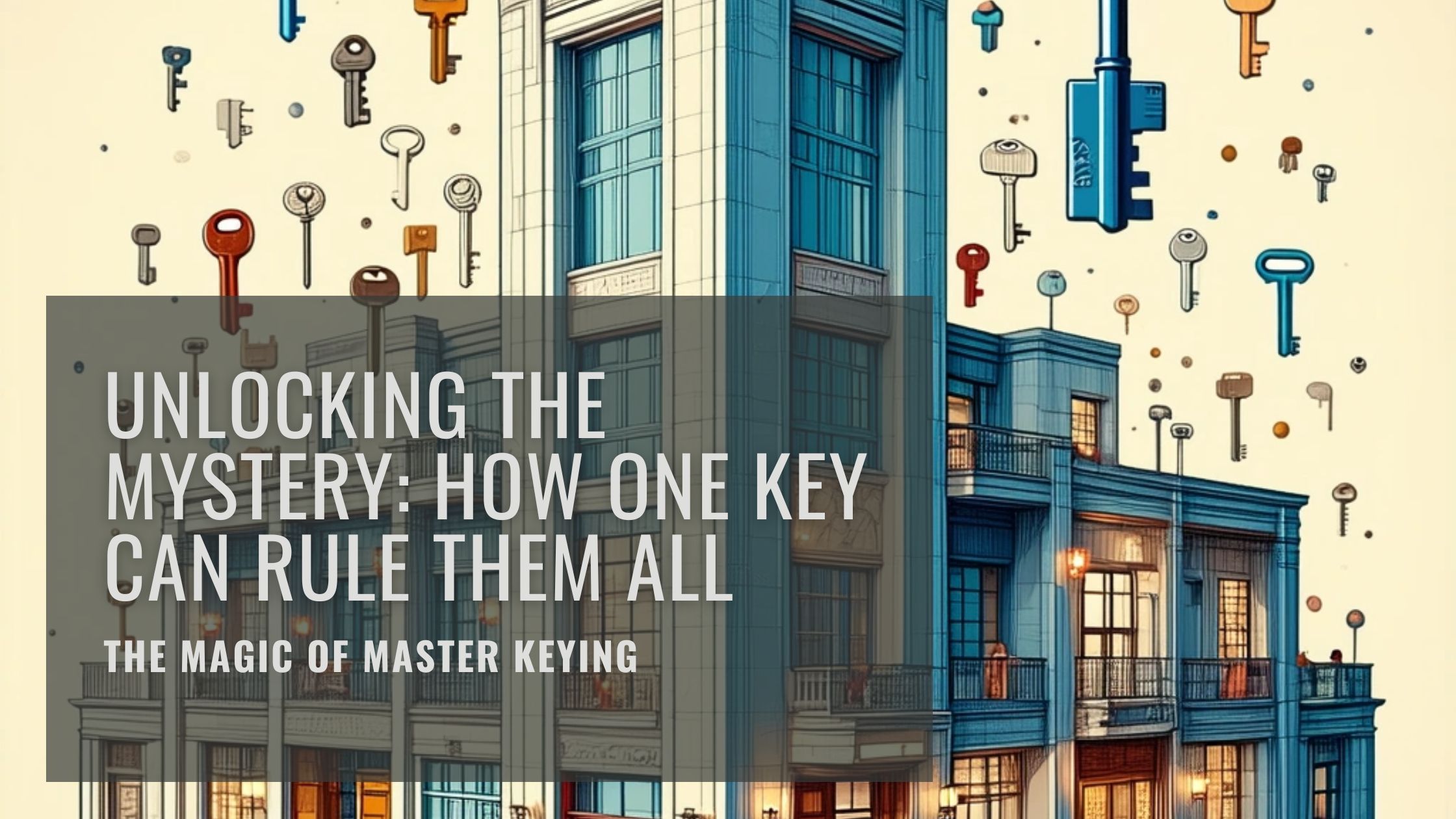Ah, the master key. It’s the stuff of spy novels and harried hotel managers, that single sliver of brass or nickel that whispers “open sesame” to a dozen doors at once. But let’s pull back the curtain on this unassuming hero of the lock world, because in the hands of a savvy mobile locksmith, it’s less about espionage and more about saving you from a lifetime of keychain chaos.
Picture this: You’re a small business owner with a bustling office—three floors, endless doors to supply closets, break rooms, and that one executive suite where the coffee’s always fresh. Jangling a fistful of keys for every room? It’s like herding cats with a leash made of spaghetti. Enter master keying, the elegant hierarchy that turns your keyring into a minimalist’s dream. At its core, it’s a system of pins and cuts in the lock cylinder. Your everyday change key opens just its door, but the master key? It glides past extra “master pins” that allow it to align with multiple configurations. It’s like having a VIP pass that nods to the bouncer while the regulars wait in line.
I remember my first master key job—a massively complex, disorganized pile of keys with no rhyme or reason for a college campus. Over time, we restored balance and installed a grand master system: sub-masters for departments, a grand for the building. Suddenly, maintenance was a breeze, not a crime waiting to happen. And security? It’s fortified, not fragile—change keys can’t mimic the master, keeping unauthorized eyes (and hands) at bay.
As your go-to mobile locksmith service, LockWorks is all about that seamless upgrade. Whether you’re fortifying a home office or streamlining a commercial space, our on-site expertise means no downtime, just doors that obey. Tired of key pandemonium? Call our professional mobile locksmith team today for a free master key consultation—because one key shouldn’t just open doors; it should open possibilities. And follow along as we kickoff this series about Master Keying – everything from how it’s done, to what it looks like inside the lock, to keeping unauthorized key duplication at bay, to having policies in place to keep your system from being compromised. See the next post in our series, titled Master Keying 101: Your Crash Course in Key Hierarchy without the Headache

